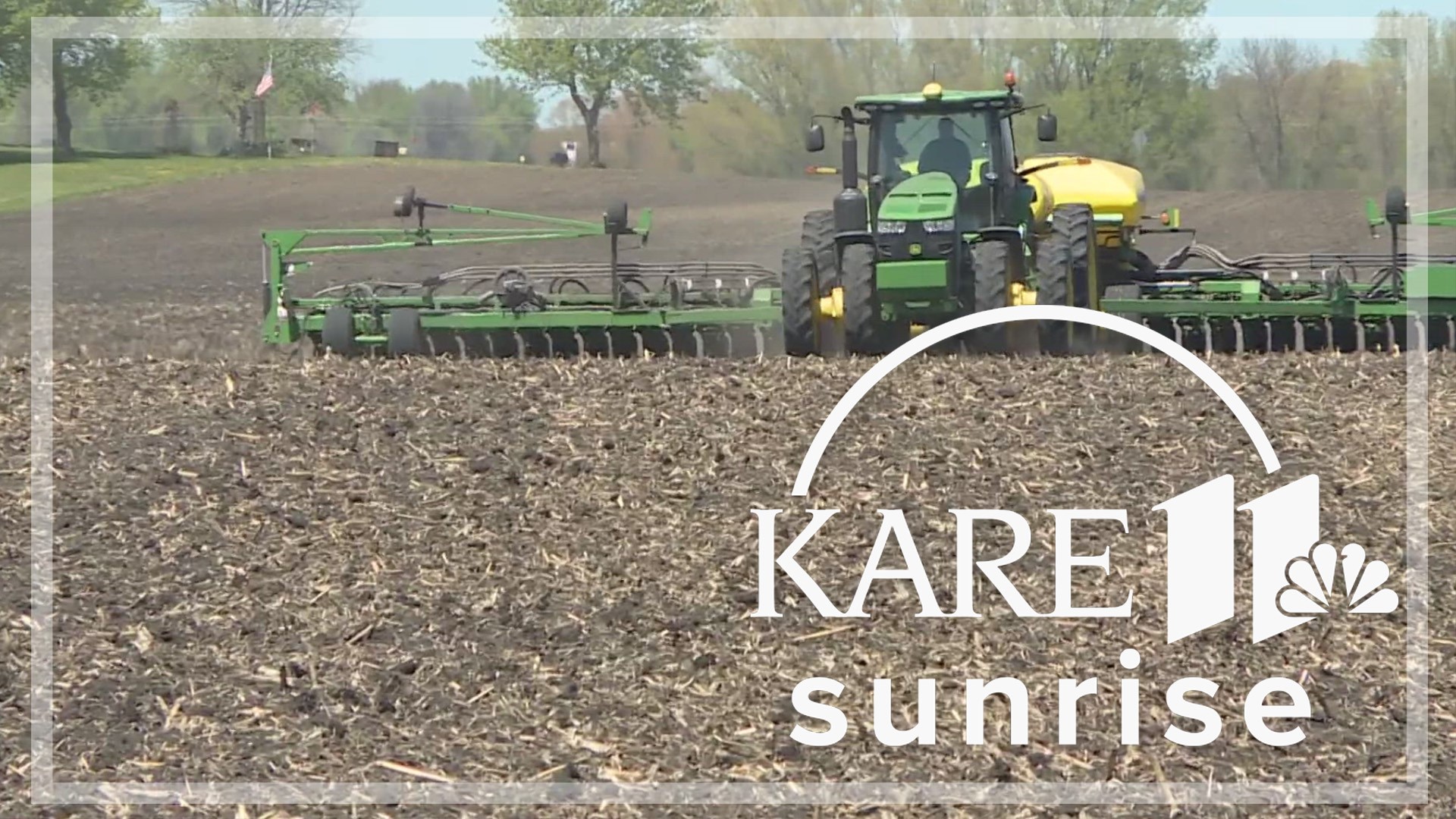MINNEAPOLIS — Artificial intelligence is having a moment and the University of Minnesota is making use of a multi-million dollar grant to make farming "smarter."
At the beginning of May, researchers announced the university would receive $20 million from the National Science Foundation and the U.S. Department of Agriculture’s (USDA) National Institute of Food and Agriculture (NIFA) over the next five years to lead a new national Artificial Intelligence Research Institute.
In a press release, researchers at the AI Institute for Climate-Land Interactions, Mitigation, Adaptation, Tradeoffs and Economy (AI-CLIMATE) said they plan to use AI to create more climate-smart practices, including a system that will improve modern farming.
"We want to promote the use of A.I. powered climate-smart practices in farms and forests," said Shashi Shekhar, a computer scientist.
Some of their research focuses on using A.I. to help absorb and store carbon in farms and forests. The U.S. hopes to reach the net-zero mark by 2050.
One of the most promising ways is using A.I. to help absorb and store carbon in farms and forests. Trees and plants pull more carbon dioxide out of the atmosphere than they release, according to information from the U of M. Farmers and foresters can be rewarded for these "carbon sinks" by selling "carbon credits," equal to the amount of carbon dioxide their farm or forest has sequestered, to companies trying to offset their own carbon emissions.
"We can really reduce the amount of carbon dioxide in the atmosphere by sequestering it or sinking it into the ground into our crops in our trees, in our forest," Director of the Precision Agriculture Center at the University of Minnesota David Mulla said.
People can walk outside, physically shove their hands into the soil and feel if the dirt is rich with loam and carbon, but that takes time.
A.I. can survey thousands of acres of land, saving time and money.
"I think the overall vision for our project is to accelerate the use of A.I. for prediction of where climate-smart practices can be placed in agriculture and forestry. And how much carbon they will sequester in different areas of the world and particularly in the U.S.," Mulla said. "And we want to use that information to help decision-makers identify where to place the practices, how much they might cost, how much the markets might pay in order to get those climate-smart practices adopted."
Watch more KARE11 Sunrise:
Watch the latest coverage from KARE11 Sunrise in our YouTube playlist:

